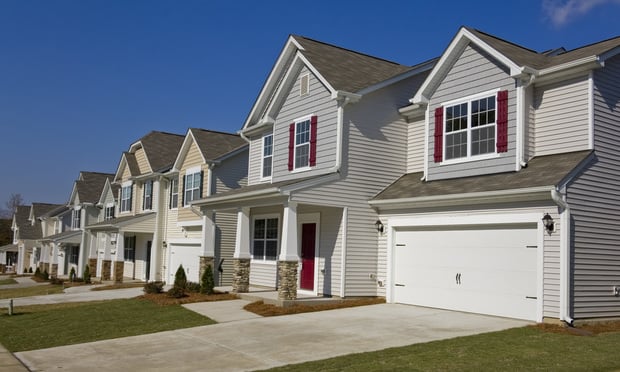This year should be a good one for apartment demand, according to analysis by RealPage. But not a year without some big risk potentials.
On the demand side, the strong unit absorption of 667,000 in 2024 is expected to carry forward into 2025, even though slowing new deliveries will slightly diminish the figure because of lower supply.
On January 8, 2025, RealPage said that moderating job growth — which is typically seen as the most important housing demand driver — likely wouldn’t be a major problem. The firm projected one million additional jobs this year, and that was before the December job numbers came in at 256,000, far above expectations.
Recommended For You
RealPage also observed that rent-to-income ratios were trending down in 2024, coming close to the pre-pandemic levels of 22%, which might allow the satisfaction of pent-up demand. The average number of residents per new lease agreement trended down from 1.46 in 2023 to 1.42 in 2024. That’s due to wage growth outpacing rent growth. Should that continue, there will be more people who need separate housing.
There’s been less movement out from apartments to single-family housing, with rates dropping by half as single-family home prices were up about 50%. More people continue to rent because they don’t have a purchase option.
As inflation pressure has eased, consumer confidence has been up, along with spending and household formation. Also, renewals were up 2% in 2024, and the more tenants who stay, the fewer moveouts and the more new leases.
However, there are four potential headwinds. First up, continued supply pressure. While many markets have seen supply that has already peaked or is expected soon to do so, many other markets may see ongoing supply pressure to continue. Whether or not overall supply calms, any given area may continue to offer too much supply and, so, downward rent growth pressure and upward vacancy rates.
Greater concession use might also present risk. Below the usage rate of 2010, many units offer increased concession use. Right now, only 14% of units offer concessions, but if they increase, that would be a headwind. Nearly three-quarters of units in a lease-up offer at least one month of free rent. Just half in 2019 offered at least one month free. And 20% of lease-up units offered two free months by the end of 2024.
An increase in concessions could create turnover as tenants looked for deals. In some markets, renewal rent values are higher than new lease rents. “This would be a key factor in markets with a combination of supply pressure and lower-than-usual occupancy rates heading into 2025,” they wrote.
And in many high-supply markets, occupancy trails historically normal levels. Operators might focus on the preservation of occupancy to stabilize more normal levels.
© 2025 ALM Global, LLC, All Rights Reserved. Request academic re-use from www.copyright.com. All other uses, submit a request to [email protected]. For more information visit Asset & Logo Licensing.







